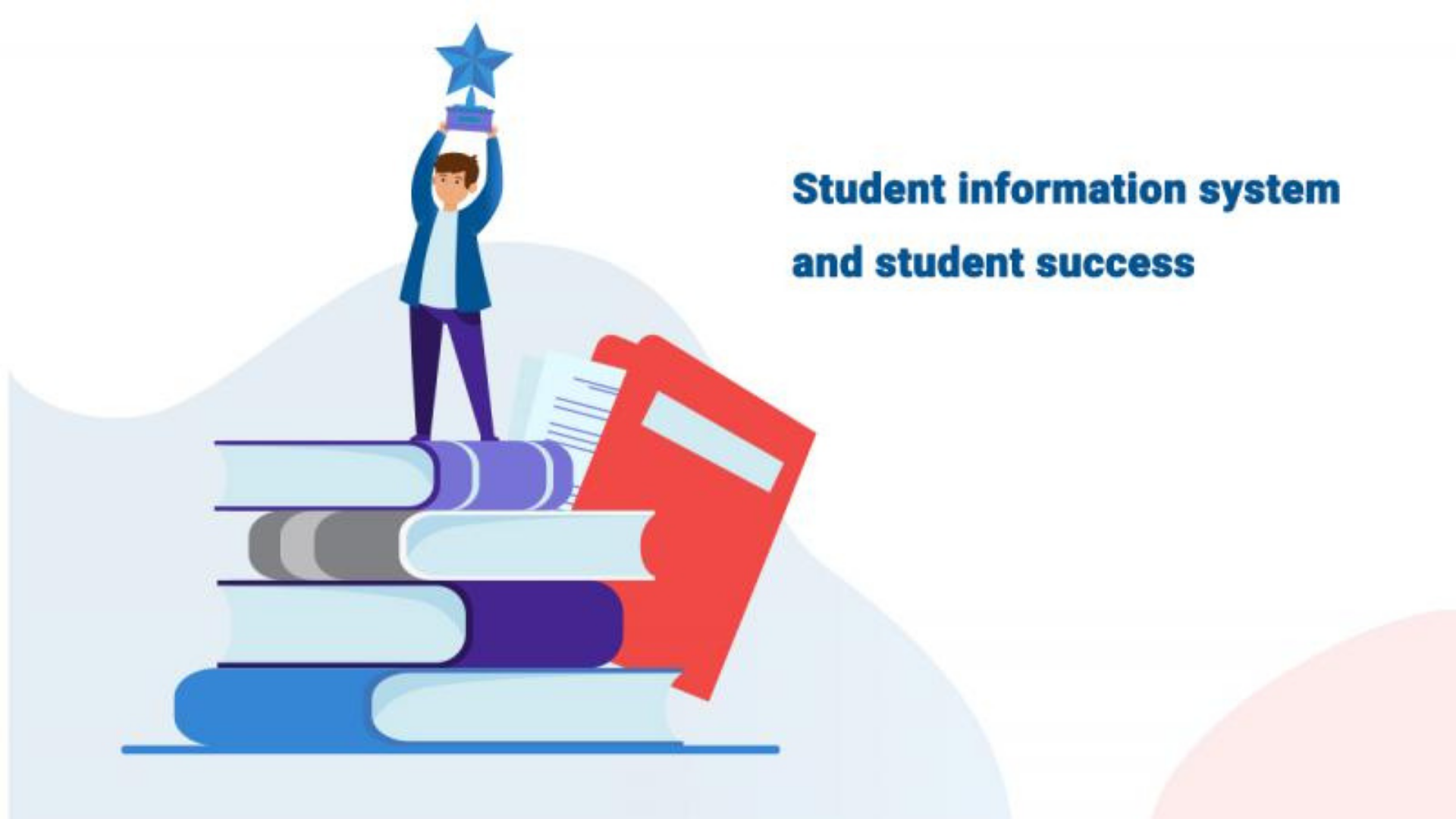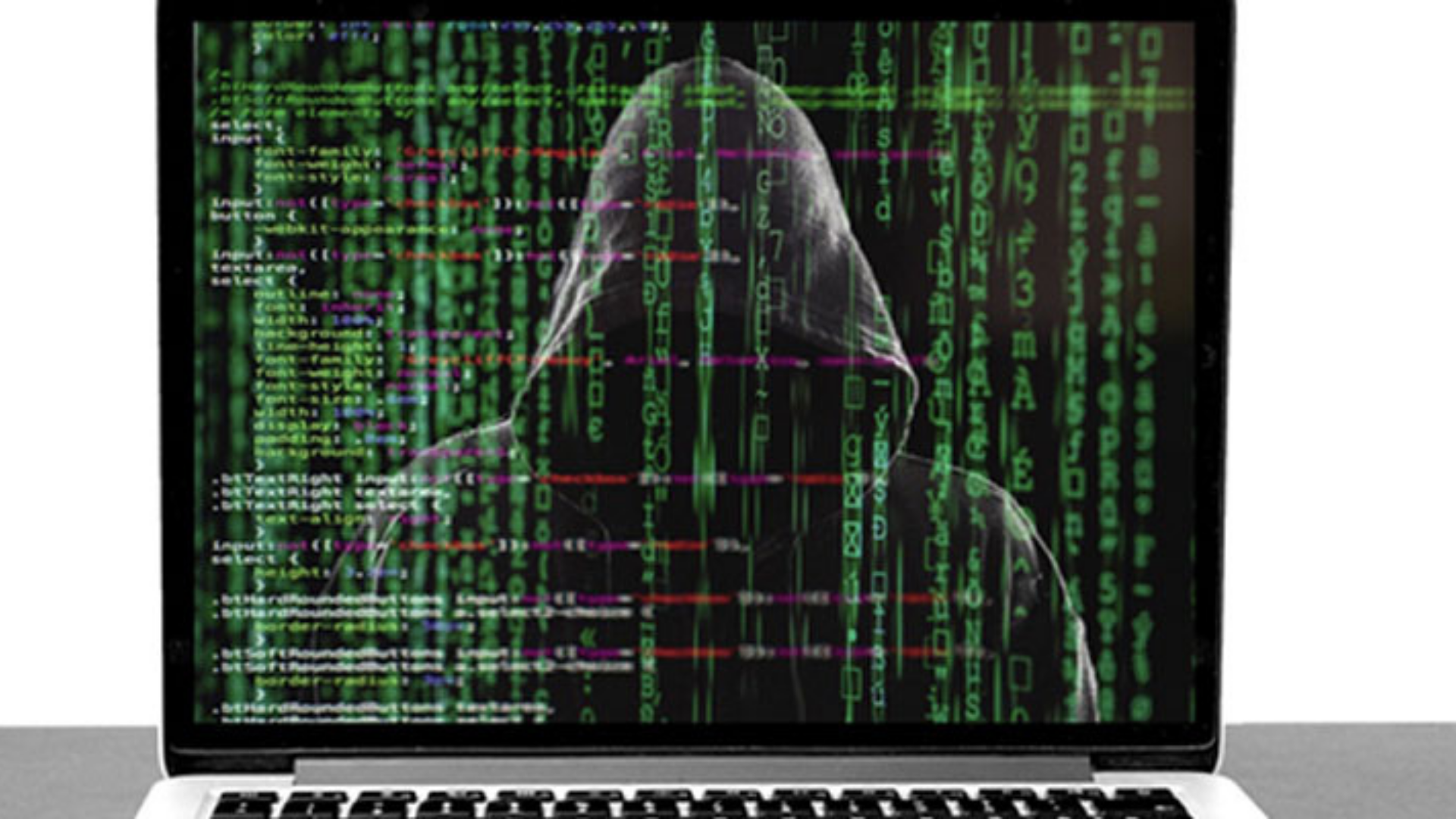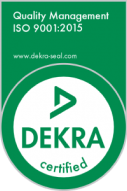Educational institutions have large amounts of critical data at risk like any other organization. Hence, Wi-Fi security and the right solutions are vital for such organizations. This article will examine the importance of Wi-Fi security solutions for educational institutions and explore effective strategies to safeguard their critical data from today’s cyber threats.
Wi-Fi networks have become an integral component of the day-to-day operations of educational institutions, highlighting the critical need for robust security measures to mitigate potential cyber threats. This extensive reliance on technology brings a new set of challenges for IT administrators, as the security of these networks is constantly at risk. Hence, educational institutions must choose the most robust Wi-Fi security solutions to protect their critical information assets.
This article discusses the key considerations when choosing the best Wi-Fi security solutions for educational institutions and the importance of staying ahead regarding security threats.
Critical Information Assets That are at Risk in Higher Education
Educational institutions have a wide range of critical information assets at risk of being compromised in today’s world, which is increasingly digitized. These assets may include student and faculty records, intellectual property, financial data, and other confidential and sensitive information.
The risks associated with such assets can range from data breaches and identity theft to ransomware and malware attacks. Therefore, educational institutions must proactively protect their critical information assets. That includes implementing robust security measures such as data encryption, secured Wi-Fi connection, firewall protection, and regular security audits.
Wi-Fi Security: Significance for Schools, Colleges, and Universities
The importance of Wi-Fi security in educational settings should not be underestimated. Wi-Fi has become an essential part of the digital learning environment, and its security is vitally important for the safety of educational institutions like schools, colleges, and universities. These institutions must have strong Wi-Fi security measures to prevent malicious attacks on their networks that could potentially lead to a data breach.
That is particularly true for universities, which often store sensitive research data on their networks. By implementing robust Wi-Fi security measures, such as authentication, encryption, password policies, and other security policies and procedures, universities can protect their research data and ensure their networks remain safe from malicious activity.
Choosing the Most Effective Wi-Fi Security Solutions: Key Considerations
You will come across many options when selecting the most effective Wi-Fi security solutions. Understanding the following key considerations in the selection process is critical to ensure the most efficient and secure outcome.
Choosing an AI-Driven Solution
One of the more recent options available for Wi-Fi security is using an AI-driven solution. Such a solution can provide many benefits, including improved network performance and enhanced security. AI-driven solutions are specifically designed to detect and prevent malicious activity on a Wi-Fi network. Using machine learning algorithms, these solutions can quickly detect and block malicious activity and provide real-time reporting and alerting of potential threats.
AI-driven security solutions can integrate automated and intelligent threat detection, analysis, and response capabilities into the security infrastructure. That provides a higher level of protection for Wi-Fi networks by allowing faster and more accurate detection of malicious activity and the ability to respond to potential threats in real time. Furthermore, AI-driven security solutions can continuously learn and adapt to changing network environments, allowing organizations to stay ahead of the latest threats.
Wireless Network Security Protocol
When it comes to wireless network security, choosing an effective and reliable solution is paramount. Different security solutions offer various levels of protection and come with multiple features and capabilities.
The three main types of Wi-Fi security protocols include Wired Equivalent Privacy (WEP), Wi-Fi Protected Access (WPA), and Wi-Fi Protected Access II (WPA2). Each option offers different levels of protection and has advantages and disadvantages.
Wired Equivalent Privacy (WEP)
Wired Equivalent Privacy, commonly known as WEP, is a security protocol used on a Wi-Fi network to provide an encrypted connection between a wireless access point and a client. WEP was first introduced in 1999 but has since been replaced by more secure protocols, such as WPA and WPA2. However, WEP is still commonly used in older Wi-Fi networks or networks with a limited budget.
The encryption protocol used by WEP is based on the RC4 stream cipher. As a result, it is vulnerable to several attacks, such as replay attacks, weak IVs (initialization vectors), and key cracking. These vulnerabilities are amplified when the WEP key is short or weak.
Wi-Fi Protected Access (WPA)
Wi-Fi Protected Access, often called WPA, is a security protocol to protect wireless networks from unauthorized access. WPA advances the Wired Equivalent Privacy (WEP) protocol, the original security standard for wireless networks. WPA was created to address the vulnerabilities of WEP and provide a more secure and robust protocol for wireless communications.
WPA uses encryption and authentication to protect communications over a wireless network. The encryption is implemented through TKIP (Temporal Key Integrity Protocol), designed to dynamically generate a new encryption key for each data packet transmitted.
Wi-Fi Protected Access II (WPA2)
WPA2 is an IEEE (Institute of Electrical and Electronics Engineers) 802.11i protocol released in 2004 as an advanced security protocol for wireless networks, replacing the older one. WPA2 provides more security than WPA by employing the Advanced Encryption Standard (AES) to encrypt data and authentication.
WPA2 also increases the strength of a wireless network by using a longer and more complex key that requires authentication from both the wireless access point and the client.
Selection of a Trusted Solution Provider
Another critical consideration when looking for the most effective Wi-Fi security solutions is to choose a trusted solution provider. It is of paramount importance as the security of the Wi-Fi network will depend on the quality of the solutions provided.
It is vital to ensure that the solutions being used comply with applicable security regulations while providing the necessary levels of protection. Additionally, they should be designed to minimize the risk of malicious attacks and protect data and confidential information. The provider should also have a comprehensive support system to assist in the event of an issue or problem.
Migrating from WPA2 to WPA3, and Why Does it Matter?
WPA3 offers a more secure and reliable Wi-Fi network than the older WPA2 protocol. WPA2 and WPA3 are two widely used security protocols in Wi-Fi network systems. Migrating from WPA2 to WPA3 is increasingly becoming necessary for many organizations.
WPA2 was first introduced in 2004 and is still used by many organizations despite its known vulnerabilities. WPA3, on the other hand, was designed to address these vulnerabilities, as it is based on a more advanced security protocol called Simultaneous Authentication of Equals (SAE). This protocol uses more robust encryption algorithms and provides more secure authentication methods than WPA2. WPA3 includes an “Individualized Data Encryption” feature, which provides a unique encryption key for each user, making it even more secure.
Best Practices for Wi-Fi Security in Educational Institutions
The following are the best practices all educational institutions must adopt to ensure the security of their Wi-Fi network and critical data assets.
- Implement strong password policies and best practices for secure Wi-Fi network usage.
- Use advanced encryption protocols like WPA2 or WPA3 to secure the institution’s Wi-Fi network.
- Utilize firewalls and WAF (Web Access Firewall) to protect an institution’s on-premise and cloud infrastructure and create a secure barrier for adversaries.
- Regularly patch and update existing networks, devices, and operating systems.
- Use anti-phishing, antivirus, and antimalware software solutions that leverage AI (Artificial Intelligence).
- Limit access to certain services and sites by leveraging whitelisting and blacklisting to control the ingress and egress traffic.
- Implement a guest and BYOD (Bring Your Own Device) remote access policies, start implementing a zero-trust approach, and limit access to the network from non-school devices.
As educational institutions become increasingly connected and digitalized, they must ensure they have the most secure Wi-Fi and network through efficient security solutions. By selecting the correct security protocols, restrictions, and authentication mechanisms, educational institutions can ensure that critical information and students’ data remain fully protected. Also, risk assessments are vital to ensuring that all possible vulnerabilities are identified and rectified, allowing for a securely connected environment.
About Columbia Advisory Group:
Columbia Advisory Group (CAG) is a leading Information Technology (IT) consulting firm. CAG’s team has assessed and helped improve the performance of more than 300 technology organizations and IT departments, including many higher education institutions, state agencies, and Fortune 50 customers. Practice specialty areas include Infrastructure, IT Service Management, Cybersecurity, and A/V Services. CAG improves business outcomes with IT insights and expert technical support. Based in Dallas, Texas, CAG works extensively with clients throughout the U.S. Contact us at info@columbiaadvisory.com.
References
- Efforts Solutions. Artificial Intelligence (AI) driven Smart Wi-Fi. Retrieved February 16, 2023, from Efforts Solutions IT website: https://effortz.com/ai-driven-smart-wifi/
- Irei, A. & Scarpati, J. (2022, December). Wireless security: WEP, WPA, WPA2 and WPA3 differences. Retrieved February 16, 2023, from Networking website: https://www.techtarget.com/searchnetworking/feature/Wireless-encryption-basics-Understanding-WEP-WPA-and-WPA2
- Kerravala, Z. (2019, March 6). Why Wi-Fi needs artificial intelligence. Retrieved February 16, 2023, from Network World website: https://www.networkworld.com/article/3355237/why-wi-fi-needs-artificial-intelligence.html
- Leininger, L. (2022, August 1). 2022 Public Wi-Fi Statistics: How do we use it and is it safe? Retrieved February 16, 2023, from Highspeedinternet.com website: https://www.highspeedinternet.com/resources/public-wi-fi-statistics
- Metzler, S. WPA3: The ultimate guide. Retrieved February 16, 2023, from SecureW2 website: https://www.securew2.com/blog/wpa3-the-ultimate-guide
- Security Uncorked. Wi-Fi security: WPA2 vs. WPA3 – security uncorked. (n.d.). Retrieved February 16, 2023, from Securityuncorked.com website: https://securityuncorked.com/2022/08/wifi-security-wpa2-vs-wpa3/
- Mordor Intelligence. Wireless Network Security Market. (n.d.). Retrieved February 16, 2023, from Mordorintelligence.com website: https://www.mordorintelligence.com/industry-reports/wireless-network-security-market
- The Best Practices for School Network Security in 2020. Smile Business Products. https://www.smilebpi.com/the-best-practices-for-school-network-security-in-2020/
- Hommel, W., Metzger, S., & Steinke, M. (n.d.). Information Security Risk Management in Higher Education Institutions: From Processes to Operationalization. Retrieved February 17, 2023, from Eunis.org website: https://www.eunis.org/download/2015/papers/EUNIS2015_submission_48.pdf
Jason Claybrook
Strategic Consultant and Certified Wireless Design Professional (CWDP), Certified Wireless Security Professional (CWSP), Certified Wireless Network Administrator (CWNA)










